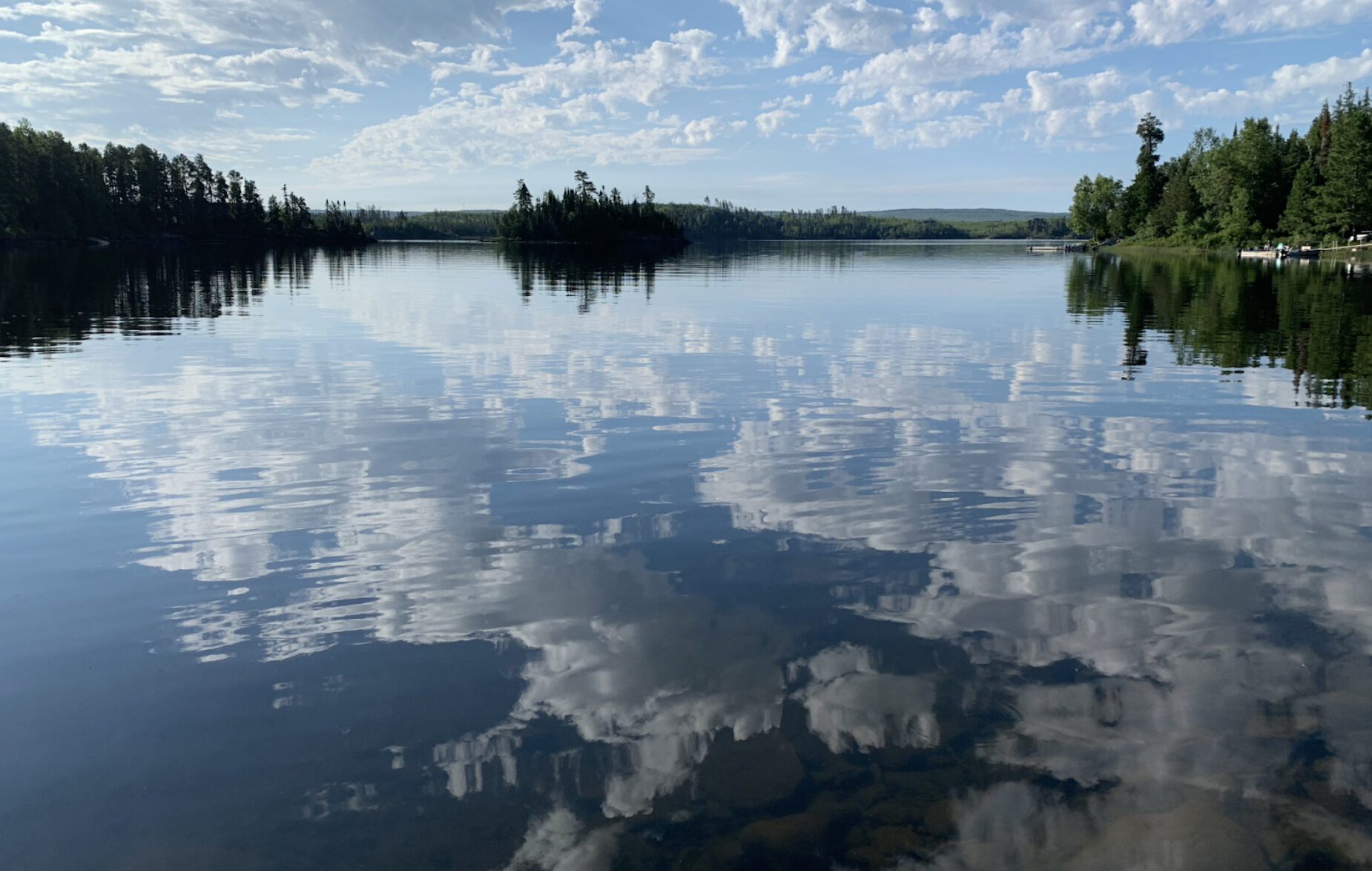The Biden administration banned mining on more than 225,000 acres of federal land near the Boundary Waters Canoe Area Wilderness for the next 20 years, blocking copper-nickel sulfide mining from potentially polluting the interconnected waterways of Northeastern Minnesota.
[In July 2022, the Investigative Reporting Workshop produced an in-depth look into two of the proposed mining projects in the region.]
The move dealt another blow to Twin Metals, a proposed mine owned by Chilean conglomerate Antofagasta, and a project that has been in a fierce back-and-forth debate on mining in the region. Twin Metals said the move blocks companies from accessing the very minerals the United States needs to transition to a green economy.
IRW reporter Christina MacGillivray interviewed Pete Marshall, communications director at the Friends of the Boundary Waters, about the environmental organization’s reaction to the Interior Department’s announcement on Jan. 26.
How does this action affect Friends of the Boundary Waters? What reflections do you have at this time?
Elation. Relief. This is the result of a lot of hard work by a lot of people. Things didn’t have to go this way — there are many scenarios in which we would have essentially lost and Twin Metals would be moving forward with their plan to mine. It’s like this with the Boundary Waters in general: There are plenty of scenarios where we would have motorboats, resorts and roads throughout the wilderness. But we don’t. And that should remind us not to take this treasure for granted.
Is this a complete victory or is the threat still on the horizon?
It is not a complete victory. The copper is still there and, hence, the threat is still there. Currently, the biggest threat to the Boundary Waters is the potential joint venture between PolyMet and Teck, which could combine to form a Lake Superior-Boundary Waters Mega Mine that would straddle both watersheds and operate on land not affected by the mineral withdrawal. We are actively working on ways to block this venture.
(Read more more on Teck here.)
What’s next?
Twenty years goes fast. And 20 years is enough time to forget about the lurking dangers of copper-sulfide mining (we’ve actually been here before, in the late 1970s and early ’80s). That’s why we are working to enshrine protections on a legal/ legislative level through several bills at the state and federal level. We continue to actively champion Prove It First in the Minnesota legislature – this bill would protect all of Minnesota’s waters from dangerous mining proposals and ensure long-lasting protections for the Boundary Waters. In addition to working to strengthen clean water protections, we continue to grow our educational “No Boundaries to the Boundary Waters” program, with the goal of educating the next generation of wilderness stewards, in hopes that they will carry on the legacy of conservation and stewardship.
Is there any threat a future administration will overturn the 20-year ban?
Yes. While there are safeguards in place to ensure continuity between administrations and avoid arbitrary flip-flopping, future administrations could very well reverse or modify the moratorium.





